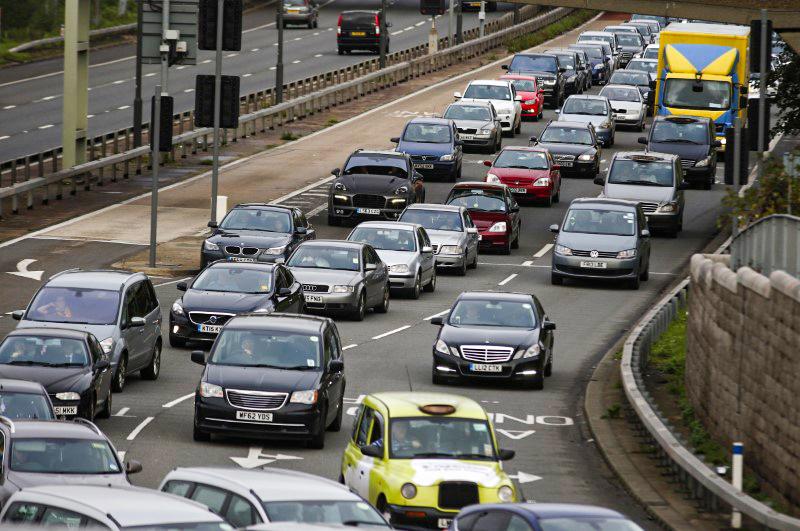Newly released small boats figures show the number of Albanian migrants arriving in the UK has dramatically fallen—with Afghans, Iranians and Turks overtaking illegal arrivals.
According to the Home Office’s latest Illegal Migration Act tables, just 143 Albanians crossed the English Channel in the third quarter of this year so far, down from 257 the previous quarter.





